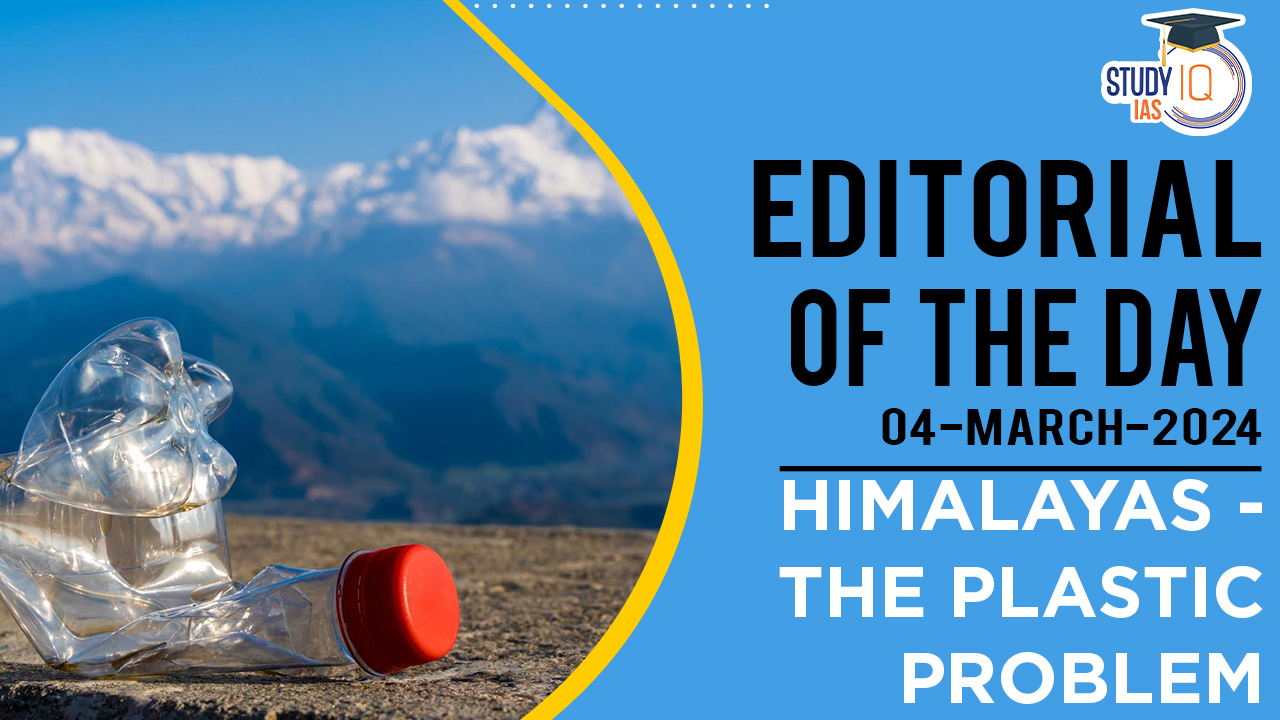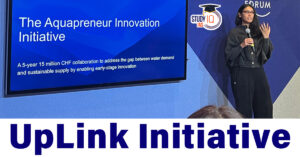Table of Contents
Himalayas -The Plastic Problem
- Microplastics, resulting from the degradation of larger plastic pieces, have been found in the Himalayan mountains, affecting soil, water, and biodiversity.
- This pollution compromises the freshwater sources essential for downstream communities.
Causes of Plastic Pollution in Himalayas
- Rapid urbanisation, changing consumption patterns, and increasing tourism are exacerbating the issue.
- A 2022 waste audit revealed 92.7% of trash as plastic, with 72% non-recyclable.
Waste Management Challenges
- India’s plastic overshoot day (Jan 6, 2023) highlights the inadequacy of waste management systems.
- High mismanaged waste index (98.55%) indicates a significant gap between waste generation and management capacity.
- While the government claims 60% plastic recycling, independent analysis suggests only 12% is truly recycled.
Regulatory Framework And Implementation Gaps
- National Regulations: Solid Waste Management Rules (SWM) 2016, Plastic Waste Management (PWM) Rules 2016, and Extended Producer Responsibility (EPR) 2022.
- State-level Actions:
- Himachal Pradesh: Ban on some plastics, buyback policy for non-recyclable plastics.
- Sikkim: Ban on packaged mineral water, regulatory system in place, but infrastructure challenges remain.
- Mizoram: By-laws under PWM implemented.
- Tripura: Policy changes, municipal by-laws, and task force established, but results not yet visible.
Challenges in Implementation
- Lack of segregation at source hinders proper waste disposal. Landfills overflow with mixed waste, causing further environmental damage.
- Local bodies, responsible for waste management, lack adequate power and resources.
- Collaboration between local bodies and producers under EPR needs clarification, including the role of traditional institutions in the IHR.
We’re now on WhatsApp. Click to Join
Recommendations
- Allocate resources considering the IHR’s unique challenges and ecological sensitivity.
- Empower local bodies and create necessary infrastructure for waste management.
- Encourage waste segregation and public participation through sustained campaigns.
- Implement geographically-sensitive EPR targets, considering the higher operational costs in the IHR.
- Plug data gaps to better understand the nature and volume of waste generated.
- Leverage existing schemes and funds (Swachh Bharat Mission (SBM), MGNREGA, Finance Commission grants) for infrastructure creation and maintenance.
- Utilise Swachh Bharat Kosh Trust, Atal Mission for Rejuvenation and Urban Transformation (AMRUT), and Smart Cities Scheme for resource mobilisation and scientific waste management initiatives.


 GPS Spoofing and Its Impact in India: A ...
GPS Spoofing and Its Impact in India: A ...
 Amrit Gyaan Kosh Portal: A Comprehensive...
Amrit Gyaan Kosh Portal: A Comprehensive...
 UpLink Initiative: Launched by World Eco...
UpLink Initiative: Launched by World Eco...





















